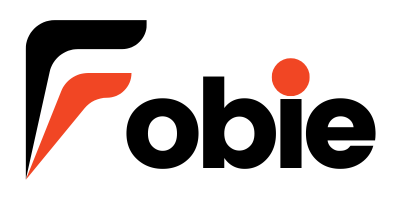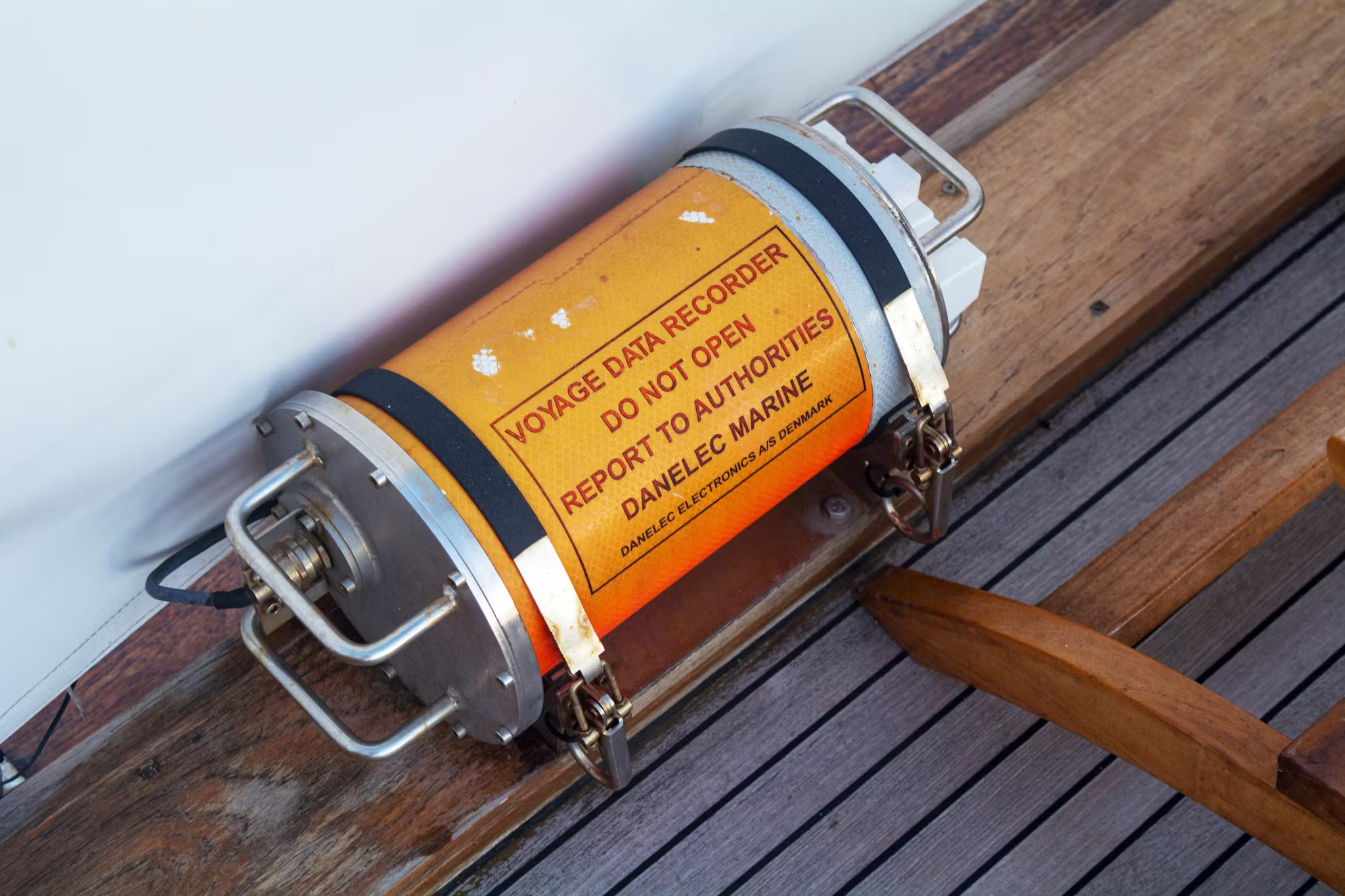In fast-moving industries, execution speed is often the deciding factor between closing a deal and missing out. Research from McKinsey shows that organizations that move quickly significantly outperform their slower peers in profitability and growth. When navigating high-value transactions, speed isn’t just a competitive advantage—it’s a requirement.
Yet many dealmakers still rely on outdated or consumer-grade file-sharing tools that slow progress and introduce risk. Limited search functionality, version confusion, and system lag can grind deal momentum to a halt. For organizations handling complex mergers, fundraising rounds, or private equity deals, a high-performance virtual data room (VDR) is no longer optional—it’s essential.
The Competitive Edge of a High-Performance VDR
In any high-stakes transaction, the ability to move quickly translates into tangible advantages:
- Stronger negotiating leverage
- Reduced stakeholder fatigue
- Improved positioning in competitive bids
But none of these benefits materialize if the technology being used creates drag. A VDR built for performance can eliminate bottlenecks and drive deals forward with precision.
The Hidden Cost of an Underperforming VDR
Teams often don’t realize how much inefficiency is baked into their deal process until they make a change. Older VDR systems and even some newer platforms that claim to be modern can still cause serious delays, including:
- Prolonged due diligence periods
- Missed deadlines with investors
- Legal review hold-ups due to document confusion
- Errors from outdated or poorly organized files
These aren’t minor issues—they represent significant threats to deal outcomes and reputation.
What True VDR Performance Really Means
The term “high-performance VDR” gets used frequently, but what does it actually entail? It’s more than fast page loads or uptime stats. True performance is measured by how well a VDR supports seamless, secure, and efficient deal execution. This includes:
Rapid File Uploads at Scale
A quality VDR should be able to handle large volumes of documents without lag or errors. The ability to bulk upload hundreds of files instantly—and organize them without delay—is a baseline requirement.
Browser-Based Access Without Plug-Ins
Requiring software installations, browser extensions, or Java creates unnecessary friction. A modern VDR operates entirely in-browser, allowing users to access it from any device, at any time, without compatibility issues.
Instant Document Viewing
Documents should render and open quickly. This is especially important when legal teams, analysts, or executives are reviewing critical financials or contracts under tight deadlines.
Advanced Search and Organization Tools
Efficient navigation is crucial. Features like full-text search, smart filters, and intuitive folder structures ensure that stakeholders can find exactly what they need—without delay.
Real-Time Activity Insights
Understanding who is viewing what (and when) helps deal teams prioritize interested parties and reduce wasted effort. Real-time tracking tools replace guesswork with actionable intelligence.
How Performance Accelerates the Deal Lifecycle
Every transaction is built on a series of decisions—and those decisions are only as fast as the information supporting them. A high-performance VDR speeds up workflows and reduces noise, enabling faster, more confident decision-making. Here’s how:
1. Speeds Up Due Diligence
The due diligence process can stall without clear, timely communication. Integrated Q&A tools allow internal teams to assign questions, track replies, and maintain visibility—keeping the process organized and efficient.
2. Reduces Onboarding Time
Not all participants are tech-savvy. A clean, intuitive interface with simple permission settings ensures that users can log in, access documents, and contribute without needing handholding.
3. Eliminates Document Confusion
With intelligent labeling, smart organization, and full-text search, users no longer waste time hunting for the correct version of a file. This clarity accelerates workflows and avoids duplication of effort.
4. Improves Internal Decision Loops
Activity analytics help teams monitor who’s engaged and where interest lies. This information allows decision-makers to act decisively and focus resources where they matter most.
Designed for Complex, High-Value Transactions
A high-performance VDR isn’t just faster—it’s designed to support the unique demands of major business transactions. Use cases include:
- Mergers & Acquisitions: Streamlined document access, multi-bidder management, and granular permission control
- Private Equity: Workspace management for multiple portfolio companies or fundraising rounds
- Fundraising & Investor Relations: Secure document sharing and branding features that enhance investor trust
Whether facilitating a growth-stage capital raise or managing a global buyout, performance plays a central role in deal execution.
Key Features to Look for in a High-Performance VDR
- Drag-and-drop bulk uploads
- No downloads or installs required
- Compatibility with all modern devices
- Real-time user analytics and document tracking
- Smart file organization and full-text search
- Built-in Q&A workflows and approval hierarchies
- Configurable access controls and digital rights management
When these features are in place, the VDR becomes an enabler—not a roadblock—to transaction success.
Performance Drives Outcomes
In the high-pressure world of dealmaking, there’s little room for slow systems or unresponsive platforms. Organizations that prioritize VDR performance benefit from faster timelines, fewer errors, and a better experience for all stakeholders involved. The result? Higher engagement, smoother negotiations, and greater chances of success.











